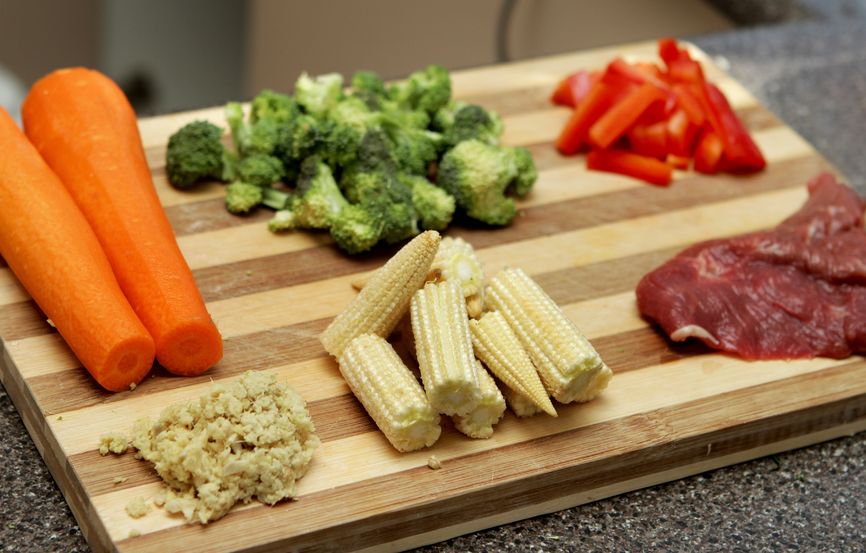Are you watching what you eat and trying to shed some extra pounds? The secret to your success is this: Meal Prep, plan ahead.
Prepping your meals at the beginning of the week will help you stay on track, eating healthy even when your schedule gets hectic. Set yourself up for success with these meal prep tips for beginners.
Stock up on containers
You’ll need to have plenty of reusable plastic containers on hand for storing your meals. To save space, get several of the same size and shape so they’ll stack easily in the fridge and nest snugly in your kitchen drawers or cabinets when not in use. These reusable bento boxes can hold complete meals, plus they’re microwave-, freezer- and dishwasher-safe.
Pick a day
Choose one day a week to plan and prep your meals. If you’re short on time, do all your grocery shopping on this day as well. Many people prefer Sundays, but choose the day that makes the most sense for your schedule.
Plan the menu
Pick a few recipes you’d like to try (fitfoodiefinds.com anddailyburn.com have some great options) or simply select a protein, vegetable and starch and build each meal around these three ingredients. Here are a few suggestions:
- Protein: chicken breasts, ground turkey, fish, eggs, beans, steak, pork sausage
- Vegetables: spinach, green beans, asparagus, mushrooms, broccoli, bell peppers, tomatoes, spaghetti squash, cucumber, zucchini
- Starch: sweet potato, barley, quinoa, brown rice
Be sure to include healthy fats — avocado, almonds, flaxseed, olive oil, etc. — in your recipes as well.
Shop
Before you begin prepping, check your recipes and make a list of everything you need at the store. Remember, you’re buying for multiple meals so do the math to determine how much of each ingredient you’ll need.
Prep
Peel, chop and cut all veggies and fruit. Cook your starches and grill or bake your proteins. To prepare vegetables or starches (such as rice) for several meals at once, use your slow cooker. If you plan on incorporating a particular protein into more than one meal, use a variety of seasonings to change things up throughout the week. Remember, most meats can be cooked and frozen to be used at a later date.
Pack it up
Cooked meat, poultry and seafood can be stored in the fridge for up to four days. You may find it easier to prep and pack meals twice a week to ensure freshness. Fill your containers with your meals and stack them neatly in the fridge. If you want to be extra organized, label and date each container.
Meal prepping can save you time and money and help you keep on track with a healthy diet. While it may seem overwhelming at first, find a system that works best for you. With a little practice, you’ll be sure to master meal prep in no time!






